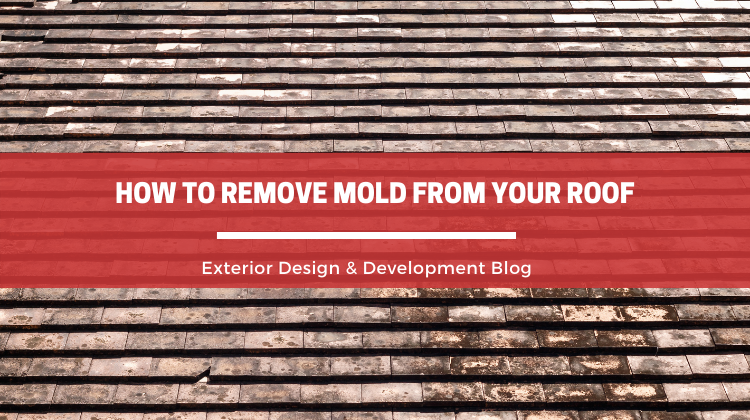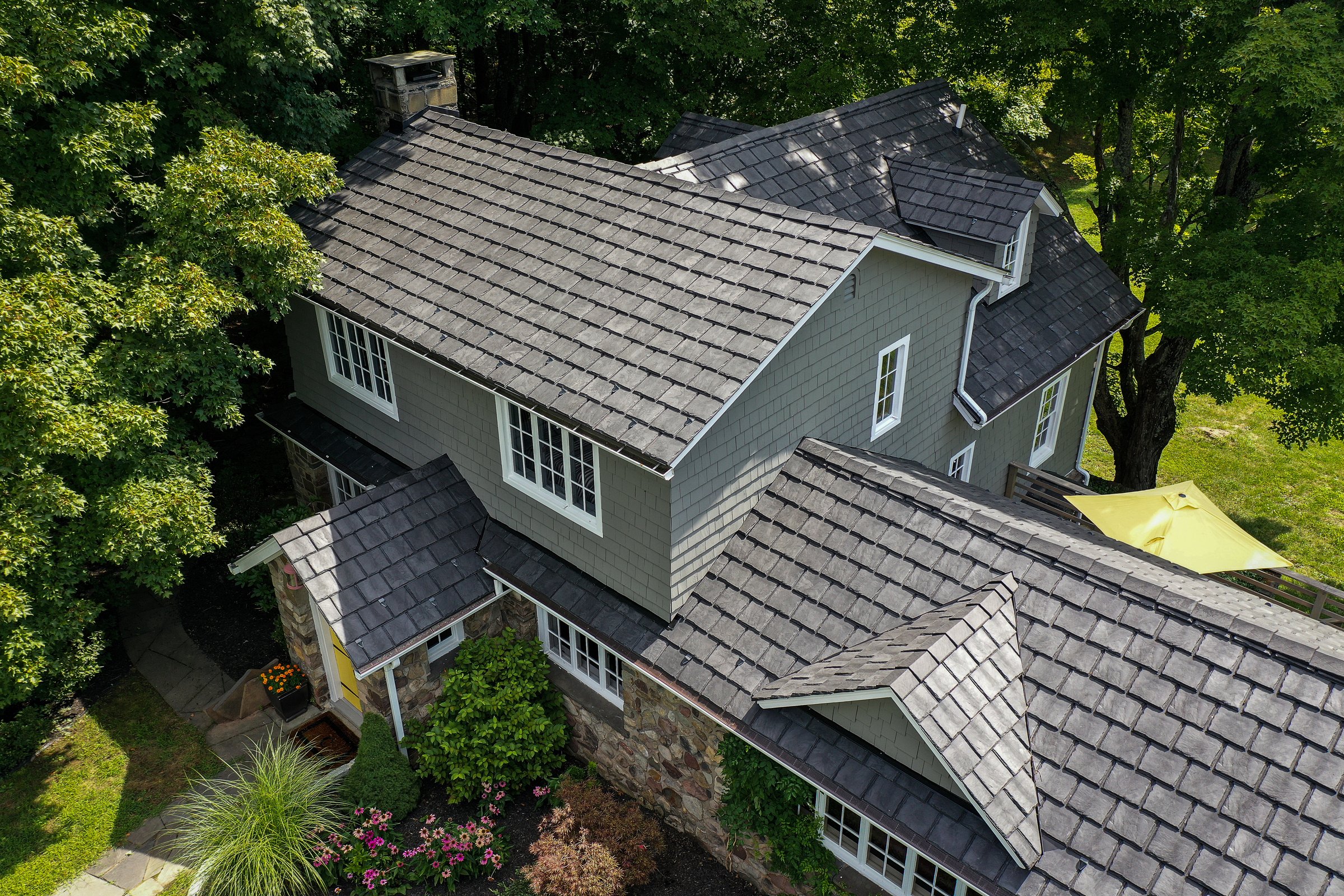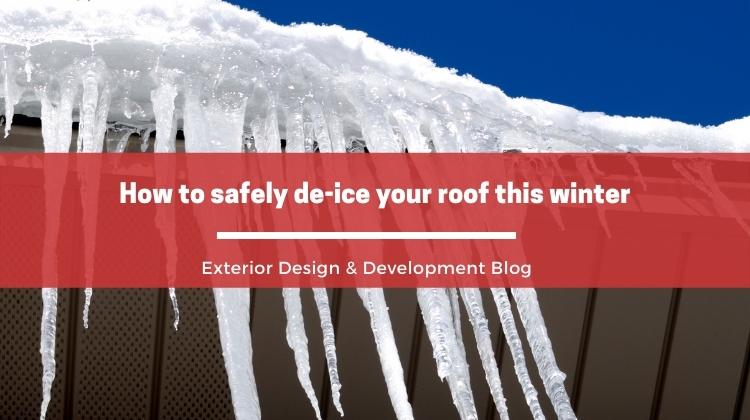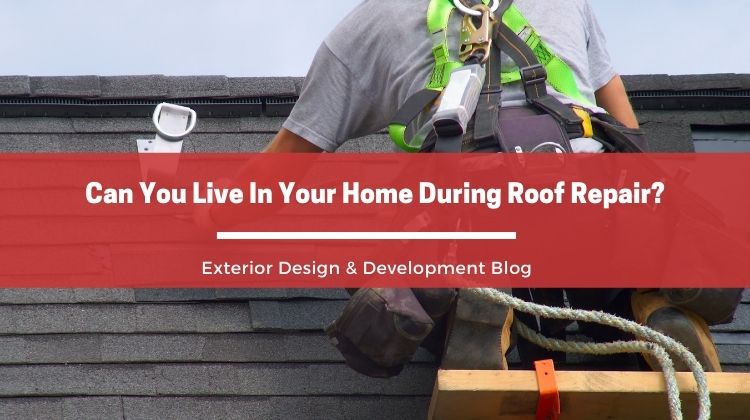As a homeowner, finding mold on your roof or under your shingles can be alarming. The first thing you need to do is assess the spread of the mold from your attic to make sure it hasn't penetrated the inside of your home. It is recommended to get a professional mold inspection. While mold is not necessarily harmful to your roof, it can be very dangerous for your family and reduces your home's curb appeal.
The most common cause of mold under your shingles is roof leaks. Depending on the extent of the penetration and damage, most of the time the leaks can be repaired, and a complete replacement is not required.
What does mold on a roof look like?
Roof mold can look different depending on your home's location, climate, and material. Most commonly, roof mold can look like dirt or soot. It will be black, brown, gray, or even sometimes white. Sometimes it will be white and string-like but most commonly it will appear as small black spots.
Ways to Remove Mold From Your Roof
- Clean by hand. This is probably the most dangerous method. Always remember to harness yourself to prevent accidental slips and falls.
- Use a hose with a spray nozzle or a pressure washer.
- NOTE: Do not use a pressure washer if you have a shingle roof! The extreme pressure of the water can cause damage to the shingles.
- Use a sprayer with 1 part water and 1 part bleach. Spray and let sit for about an hour and then rinse with your hose.
- If the bleach and water mixture is not strong enough you can try a product like the Spray and Forget Roof Cleaner. You can find this product or similar ones at your local hardware store.
- Trisodium Phosphate, also known as T.S.P., is a solution for more serious mold infestations. Mix 1 cup of T.S.P. with 1 gallon of water. Use a power washer or sprayer to apply the mixture and rinse. Be very careful before selecting this option. Trisodium Phosphate can have some adverse effects on landscaping and the environment. There are pros and cons to this remedy.
Conclusion
When you find mold on your roof it is most important that you are careful! Climbing a ladder or getting on your roof can be very dangerous. If you aren't comfortable with tackling this project on your own, contact your local roofing professional or handyman. Make sure to follow the instructions of any chemical you choose to clean and always confirm it will not damage your roof. There are different products on the market for different roofing materials.






